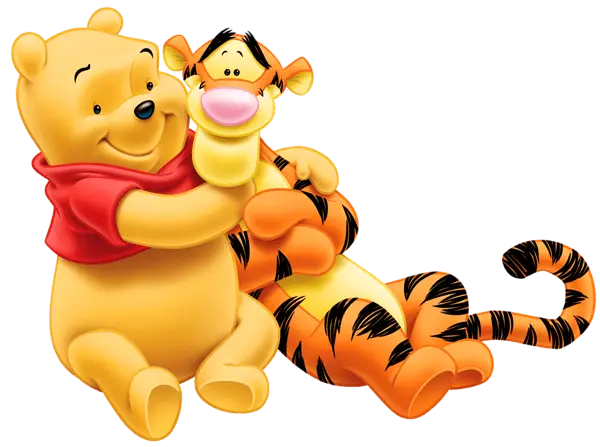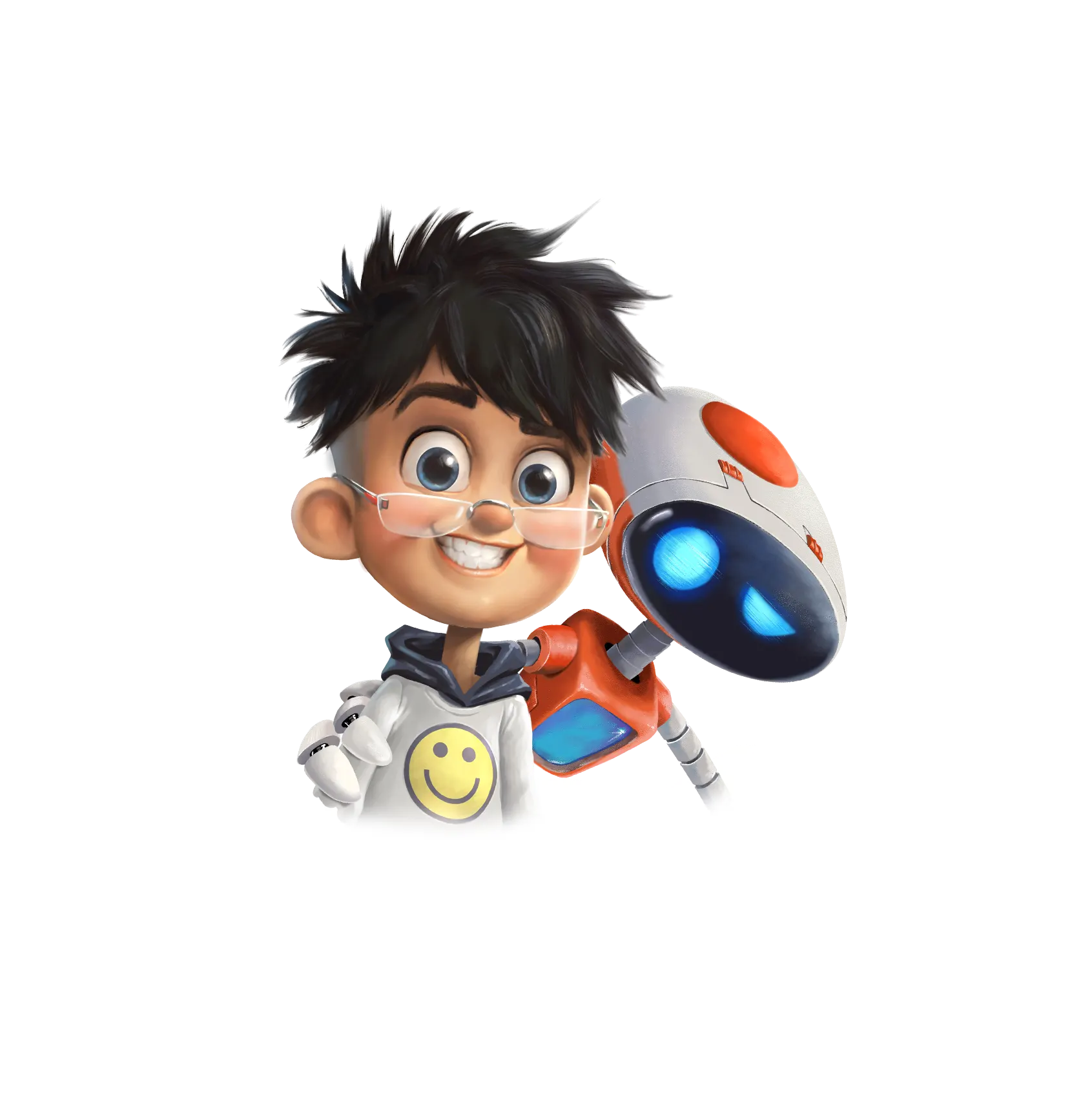Animation is an extraordinary art form that has captivated audiences for decades. From classic hand-drawn animations to the cutting-edge computer-generated imagery (CGI) we see today, animation brings characters and stories to life in ways that traditional filmmaking cannot. However, have you ever wondered about the secrets behind the creation of these animated masterpieces? In this blog, we will take you on a behind-the-scenes journey to uncover the hidden techniques, creativity, and dedication that go into making animation magic happen.
Conceptualization and Storyboarding
Every great animated film starts with an idea. Whether it is a whimsical tale or an epic adventure, the first step is to develop a compelling story. Animators work closely with writers, directors, and storyboard artists to visualize the narrative. Storyboarding is a crucial stage where key scenes are drawn, providing a blueprint for the animation process. These sketches help determine camera angles, character movements, and overall composition, ensuring that the story unfolds seamlessly.
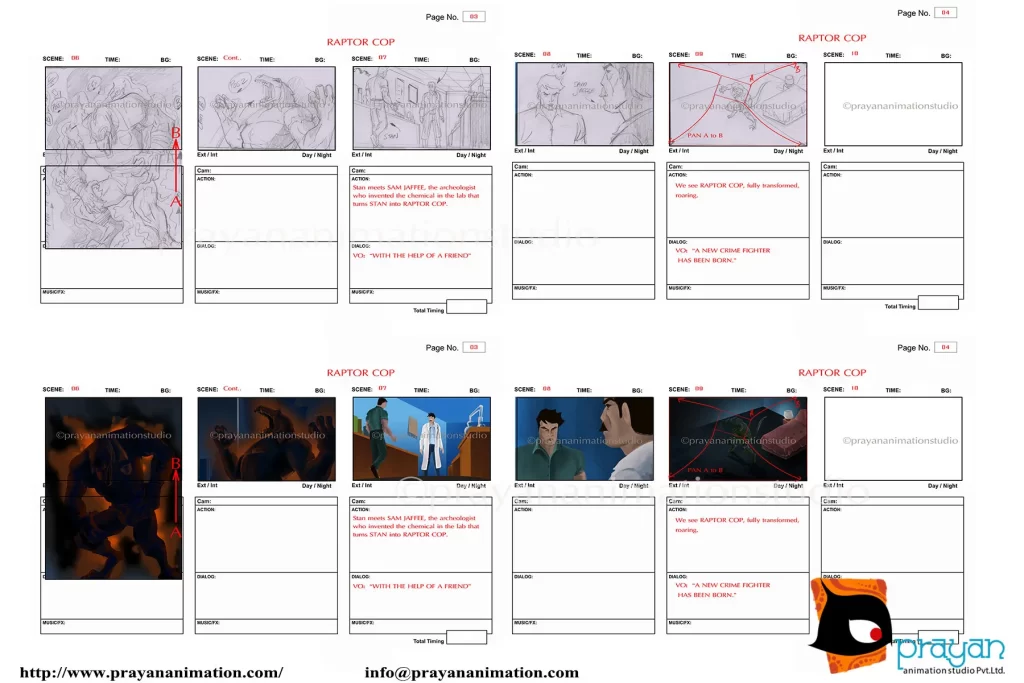
Character Design and Development
One of the most critical aspects of animation is the creation of memorable characters. Animators collaborate with concept artists to bring these characters to life. They consider physical attributes, personalities, and backstories, paying attention to the smallest details. Each character’s design reflects their individuality, making them relatable and engaging for the audience. From Mickey Mouse to Elsa, character design is an essential component that leaves a lasting impression.
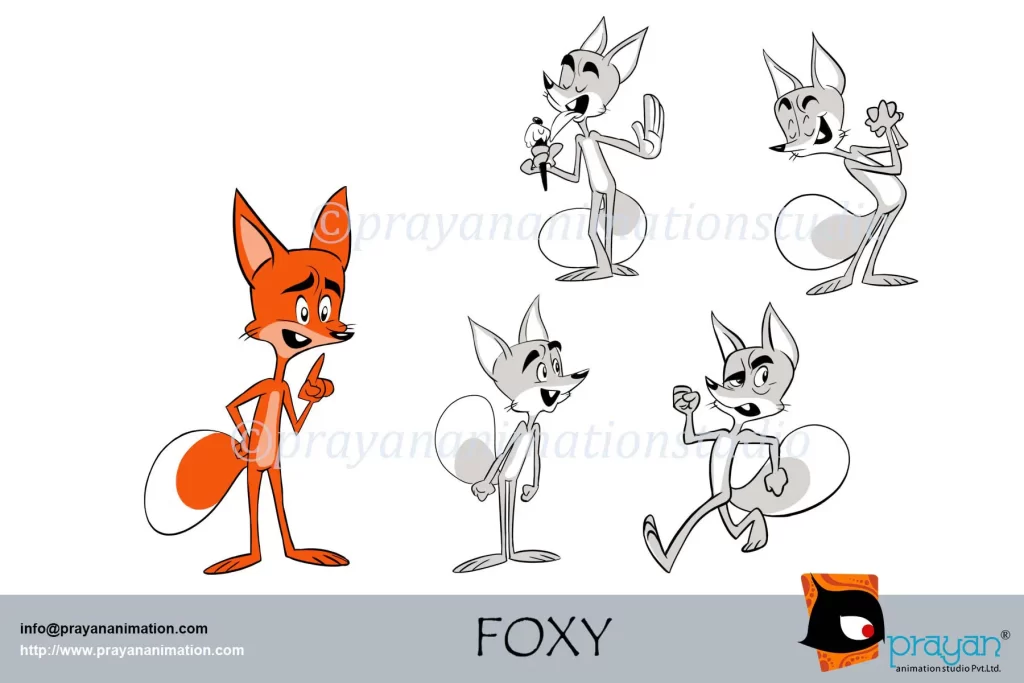
Animation Techniques
Animation involves manipulating objects or characters in a sequence of frames to create the illusion of motion. While the techniques have evolved over time, the principles remain the same. Traditionally, hand-drawn animation required artists to painstakingly draw each frame, while stop-motion animation involved physically moving objects between frames. Nowadays, digital animation dominates the industry. Techniques like 2D and 3D animation, motion capture, and rotoscoping have revolutionized the field, allowing for more complex and visually stunning animations.
The Role of Technology
Advancements in technology have significantly impacted the world of animation. Computer-generated imagery (CGI) has opened up new possibilities, offering more realistic visuals and seamless integration of live-action footage with animated elements. Software like Autodesk Maya, Adobe Animate, and Pixar’s proprietary tools enable animators to create intricate worlds and stunning effects. However, despite the reliance on technology, the key to successful animation remains the skill and creativity of the artists behind the screens.
Sound Design and Music
Animation isn’t just about visuals; it’s also about sound. Sound designers and composers play a crucial role in enhancing the animation experience. From creating sound effects to composing original scores, they breathe life into the visuals, adding depth and emotion to every frame. The right sound design and music can evoke powerful emotions, making the animated world more immersive and captivating.
Collaboration and Iteration
Animation is a highly collaborative process that involves the collective effort of various teams. From animators and storyboard artists to voice actors and editors, each person contributes their unique talents to bring the project to fruition. This collaborative nature allows for constant iteration and improvement. Animators review and refine their work based on feedback from colleagues and directors, ensuring that every frame is polished and aligns with the artistic vision.
Conclusion
Animation is a remarkable art form that seamlessly blends creativity, technology, and storytelling. The secrets behind animation lie in the meticulous planning, character development, animation techniques, technological advancements, and collaborative efforts of talented individuals. The magic on the screen is a result of countless hours, attention to detail, and a deep passion for the craft. So, the next time you watch an animated film or series, take a moment to appreciate the incredible work happening behind the scenes, giving you the gift of a fantastical and unforgettable visual experience.


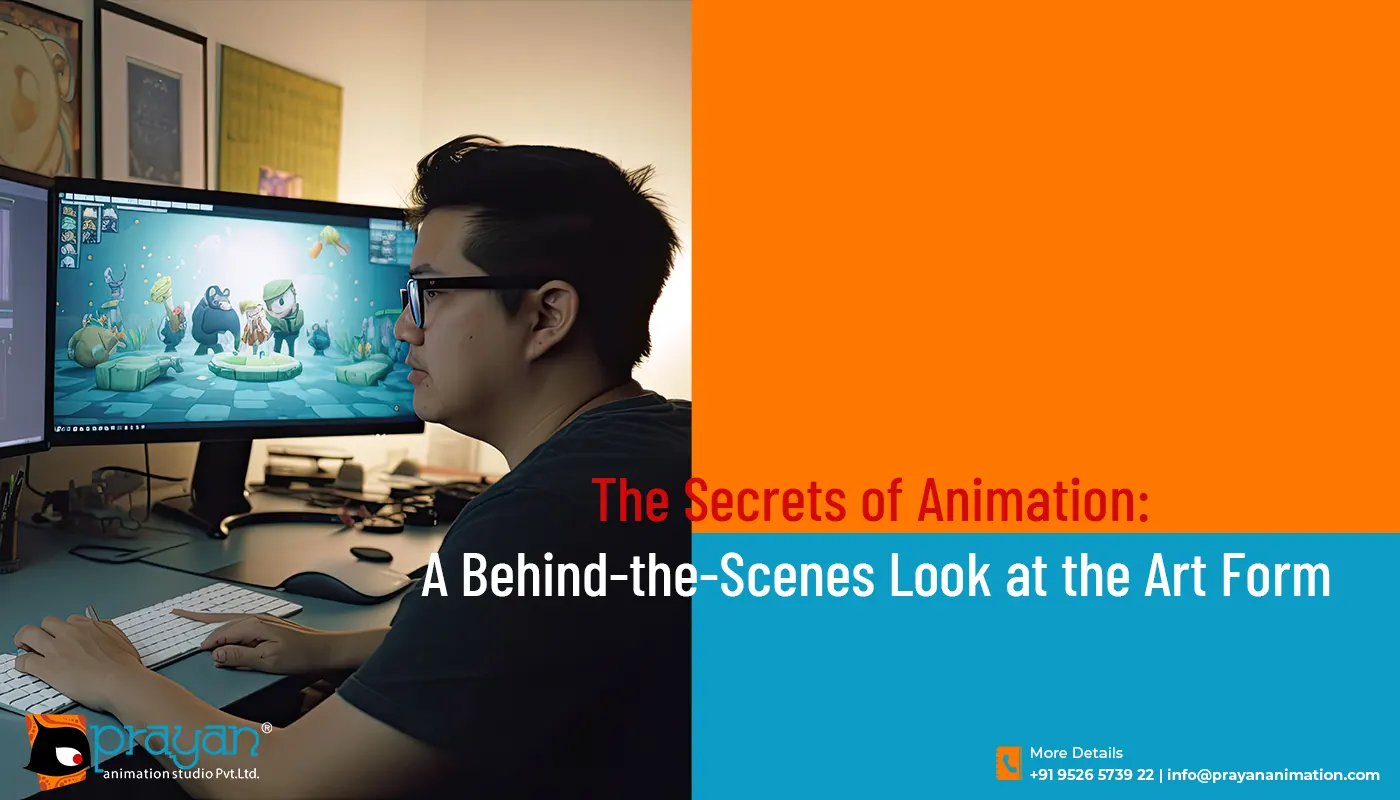

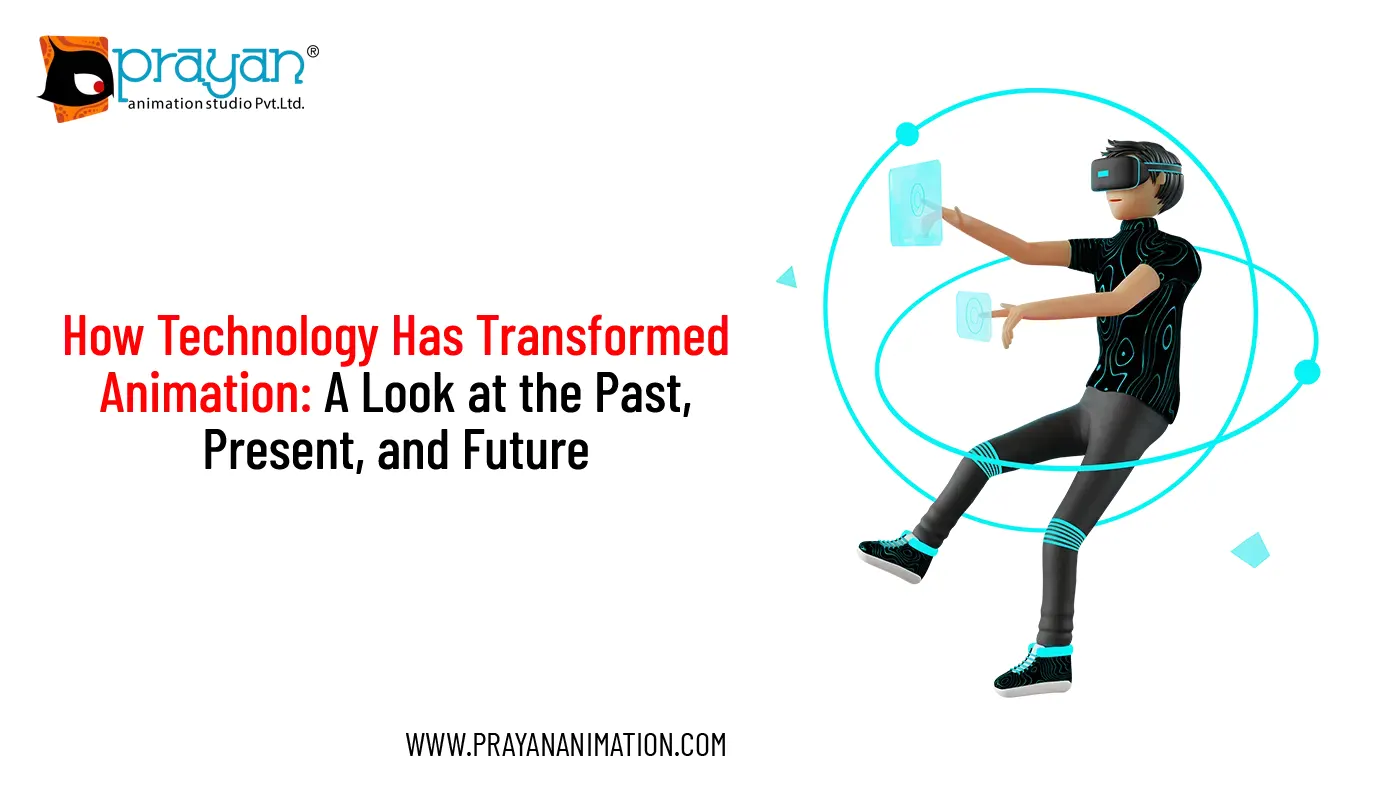

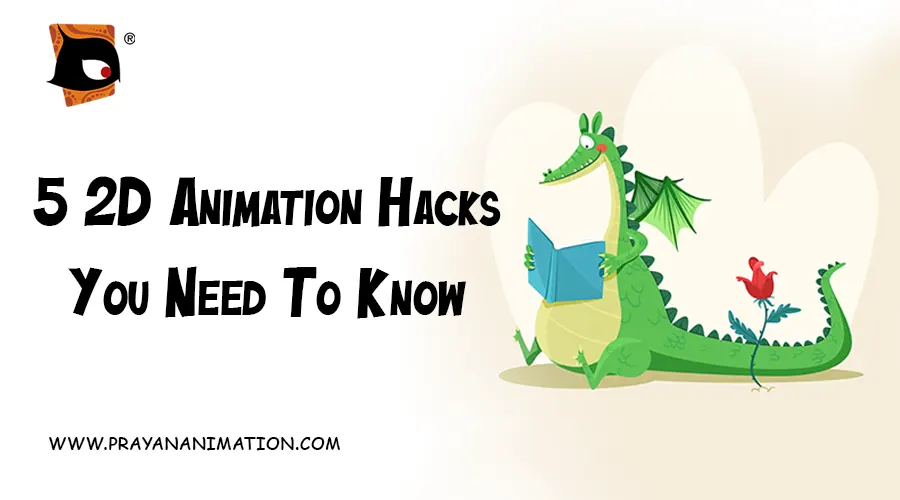
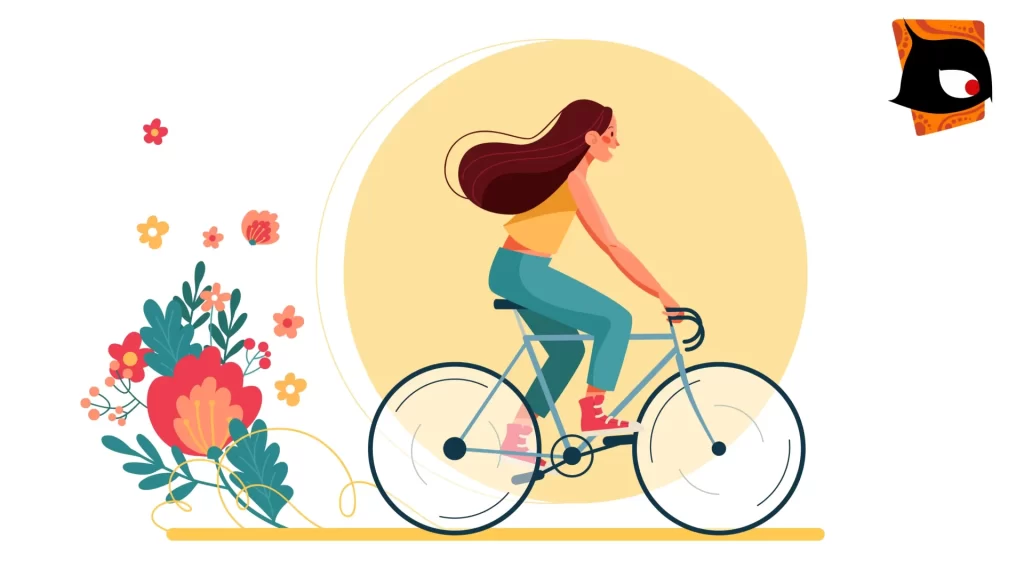
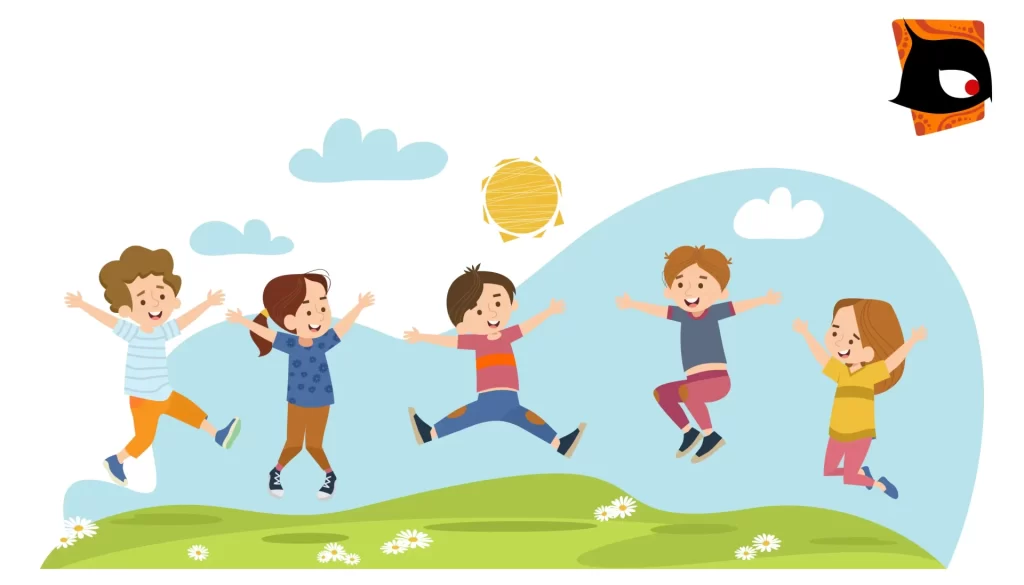
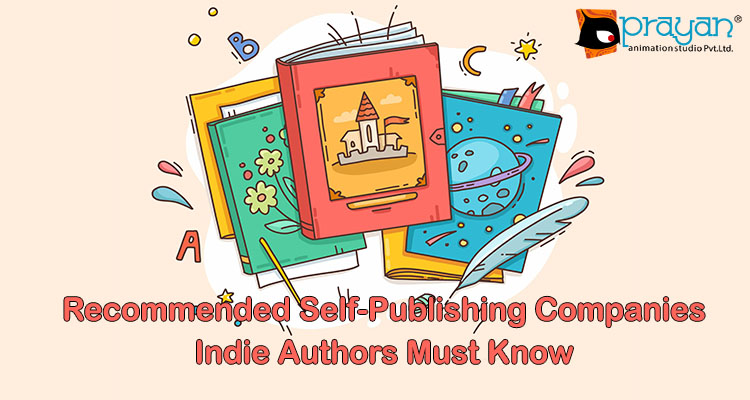

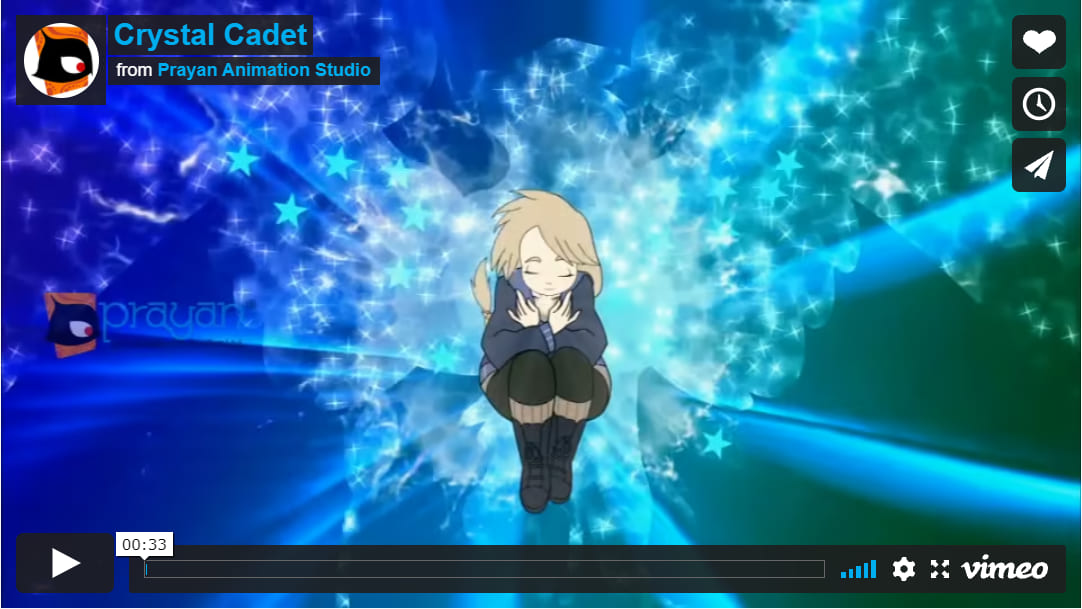
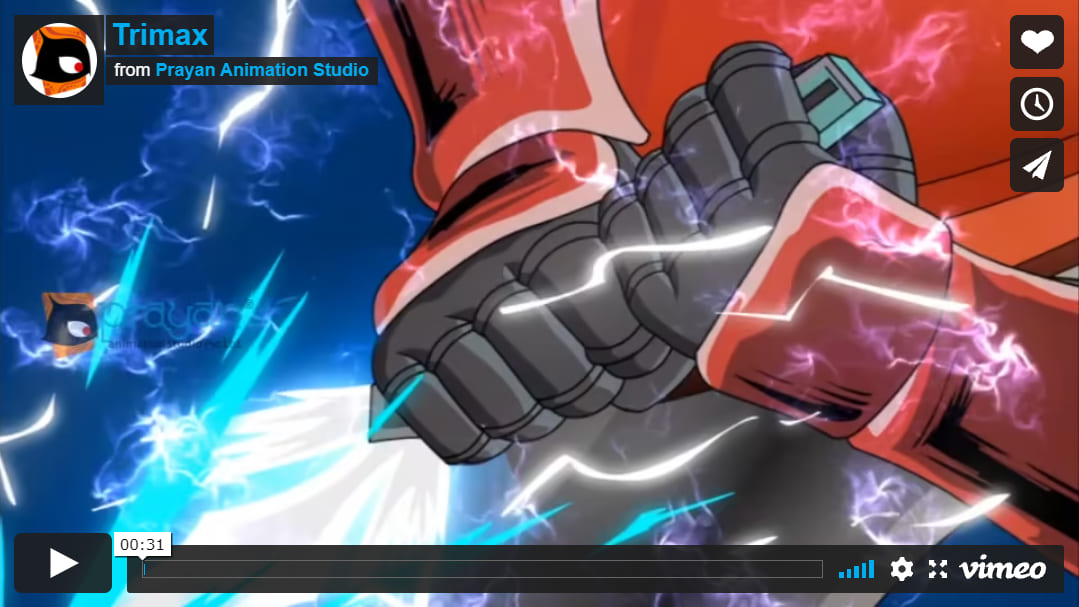
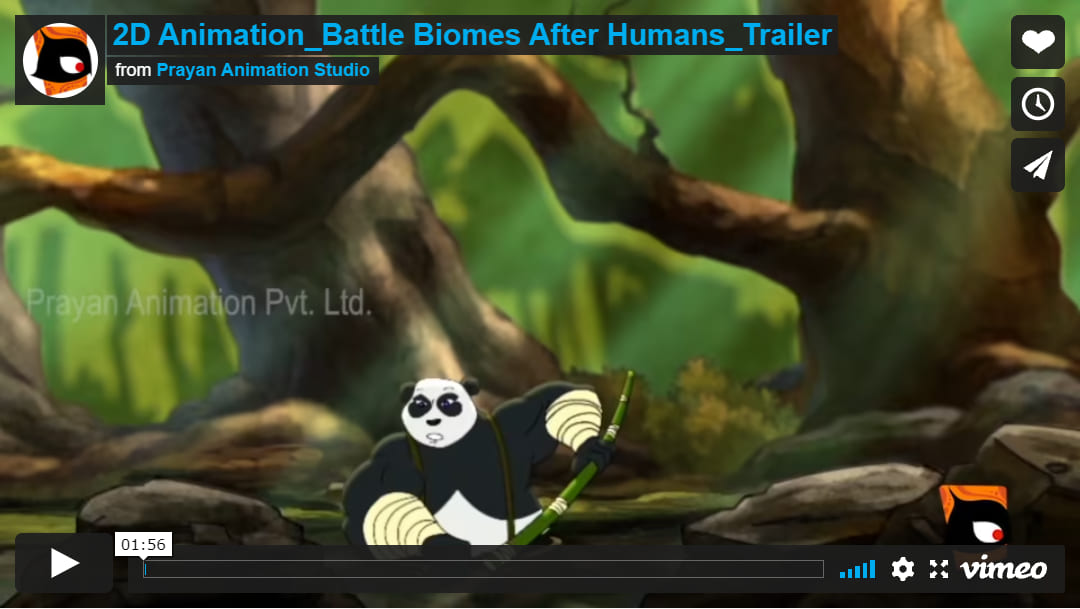
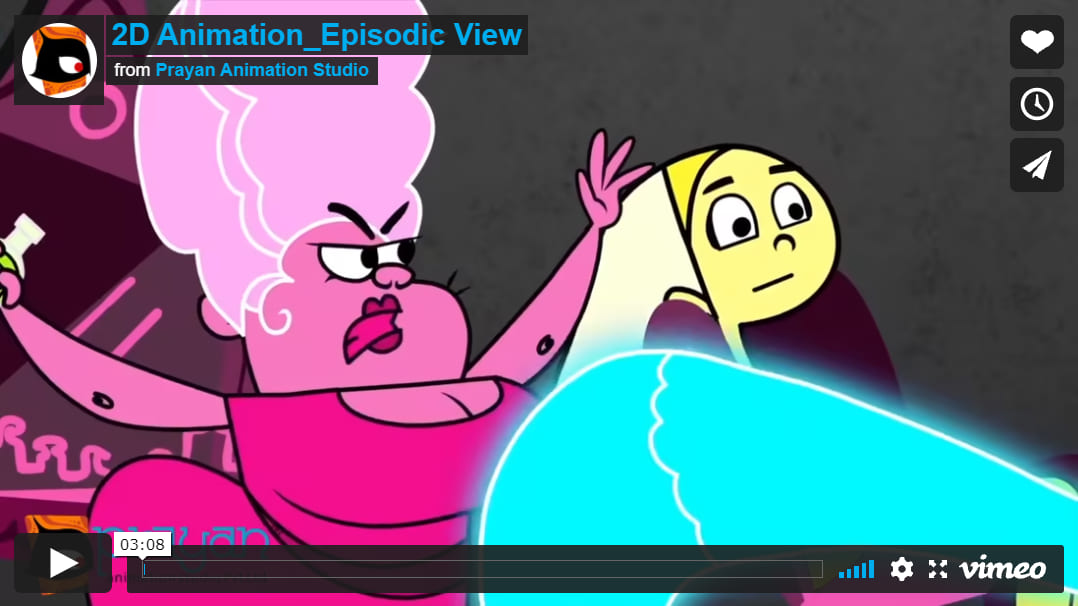
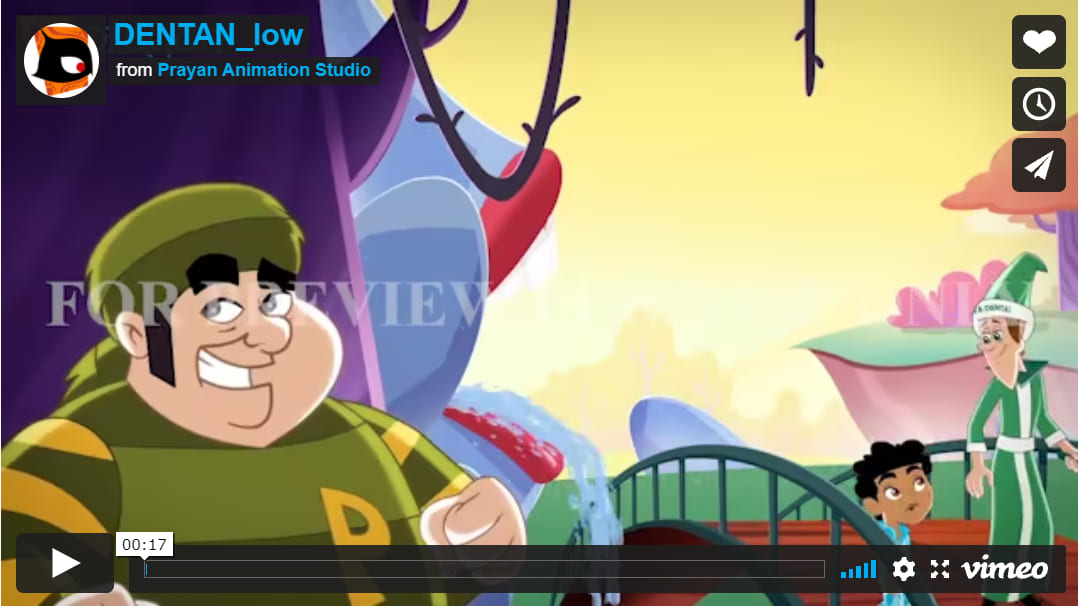
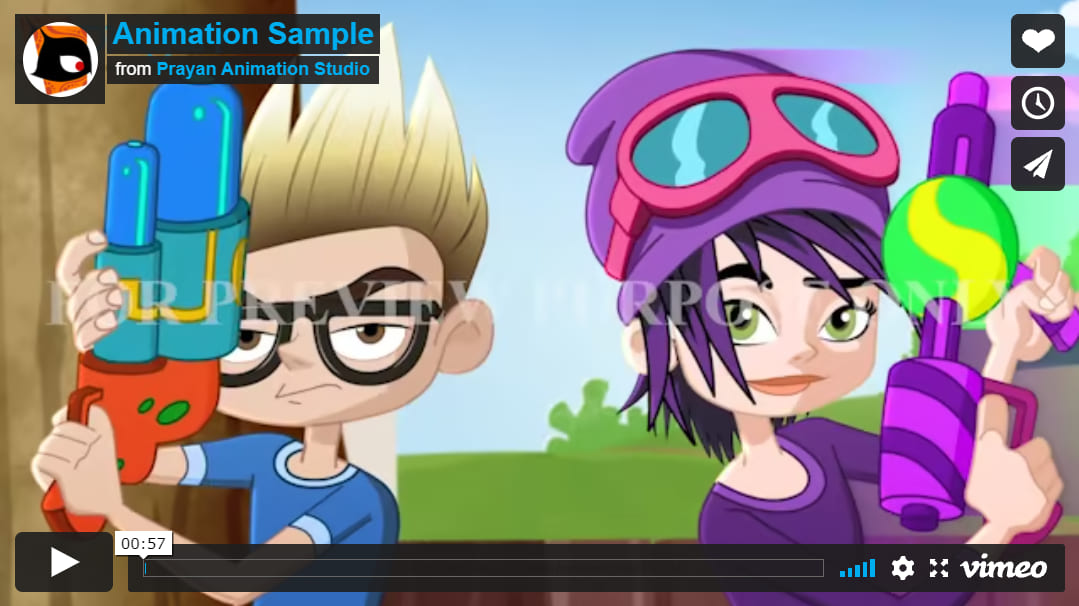
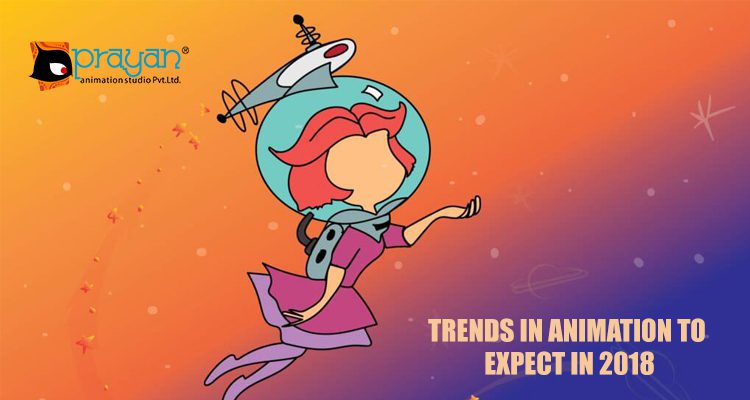
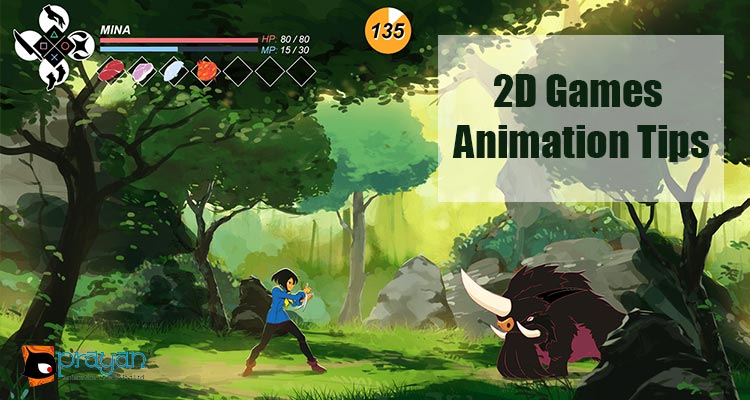

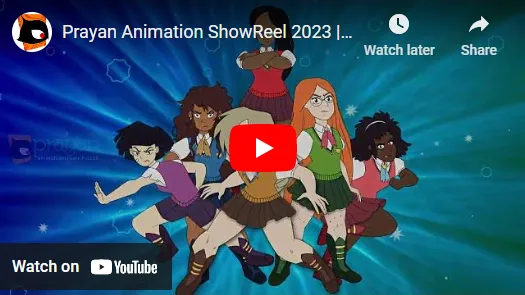
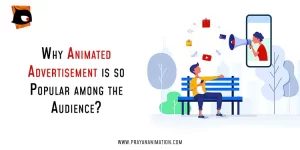
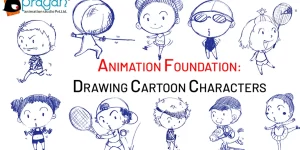

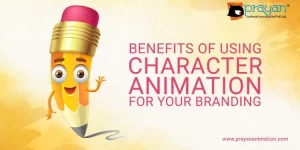


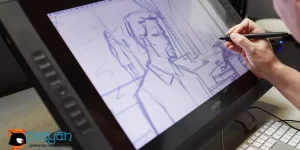
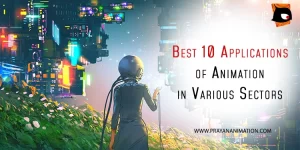
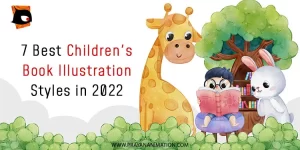

 We can help you.
We can help you. 

